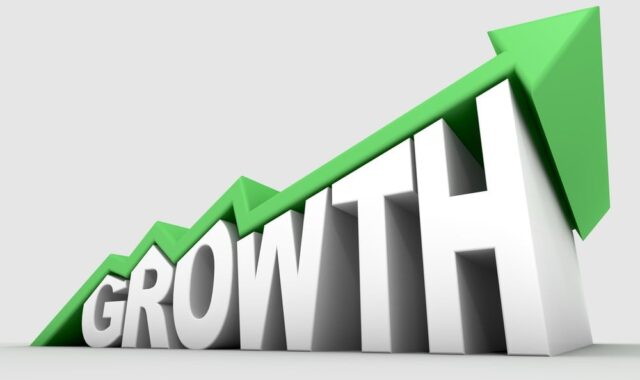When it comes to investing in the stock market, there are various strategies that investors can employ to potentially grow their wealth. Two popular approaches are dividend yield investing and growth investing, each with its own set of characteristics and potential benefits.
While both strategies aim for positive returns on investment, they differ significantly in terms of their underlying principles and objectives. Understanding the key differences between dividend yield and growth investing can help investors make informed decisions about where to allocate their capital.
In this article, we will delve into the three stark differences between dividend yield investing and growth investing to provide clarity on which approach may be more suitable for individual investment goals. Whether one chooses to invest in the highest dividend stocks or in growth companies, a well-rounded investment portfolio that combines both strategies may offer a balanced approach to achieving long-term financial success.
1. Investment Strategy Focus: Dividend Yield vs. Growth Investing

Investment strategy focus can often fall into two main categories: dividend yield and growth investing. Both approaches have their own advantages and disadvantages, making it essential for investors to understand the stark differences between the two.
Dividend yield investing typically involves investing in companies that regularly pay out dividends to their shareholders. These companies are often more established and stable, providing a reliable stream of income for investors.
On the other hand, growth investing focuses on companies with high growth potential, even if they do not pay out dividends. These companies may have higher volatility but offer the possibility of significant capital appreciation in the long run.
Understanding the key characteristics of each strategy is crucial for making informed investment decisions.
2. Risk and Return Profile: Contrasting Dividend Yield and Growth Investing

When contrasting dividend yield and growth investing within the risk and return profile, it is essential to consider the differing strategies employed by each approach. Dividend yield investing focuses on generating income through regular dividend payments from established companies with stable earnings.
While this strategy may provide a consistent stream of passive income, it may lack the potential for substantial capital appreciation seen in growth investing. On the other hand, growth investing entails investing in companies with high growth potential but lower or no dividend payments.
This strategy can offer the possibility of significant returns over the long term, but may also come with higher volatility and risk. Ultimately, investors must weigh the trade-offs between stable income and potential growth when deciding between dividend yield and growth investing.
3. Long-Term vs. Short-Term Goals: Understanding the Differences in Dividend Yield and Growth Investing

When it comes to investment strategy, understanding the differences between long-term and short-term goals is essential in determining whether to focus on dividend yield or growth investing. Long-term goals typically involve seeking stable income and steady growth over time, making dividend yield investing more suitable.
This approach involves investing in companies that pay out consistent dividends to shareholders, providing a steady stream of income. On the other hand, short-term goals may involve taking advantage of rapid growth opportunities, making growth investing more suitable.
This strategy focuses on investing in companies with high potential for growth in share price, rather than relying on regular dividend payments. Understanding the distinctions between these two approaches is crucial in developing a successful investment strategy tailored to your specific financial goals.
Conclusion
In conclusion, it is evident that dividend yield and growth investing each have their own distinct characteristics and appeal to different types of investors. While dividend yield investing focuses on generating passive income through regular dividend payments from established companies, growth investing emphasizes capital appreciation through investing in companies with high growth potential.
Understanding the stark differences between these two strategies is essential for investors to align their financial goals and risk tolerance.




